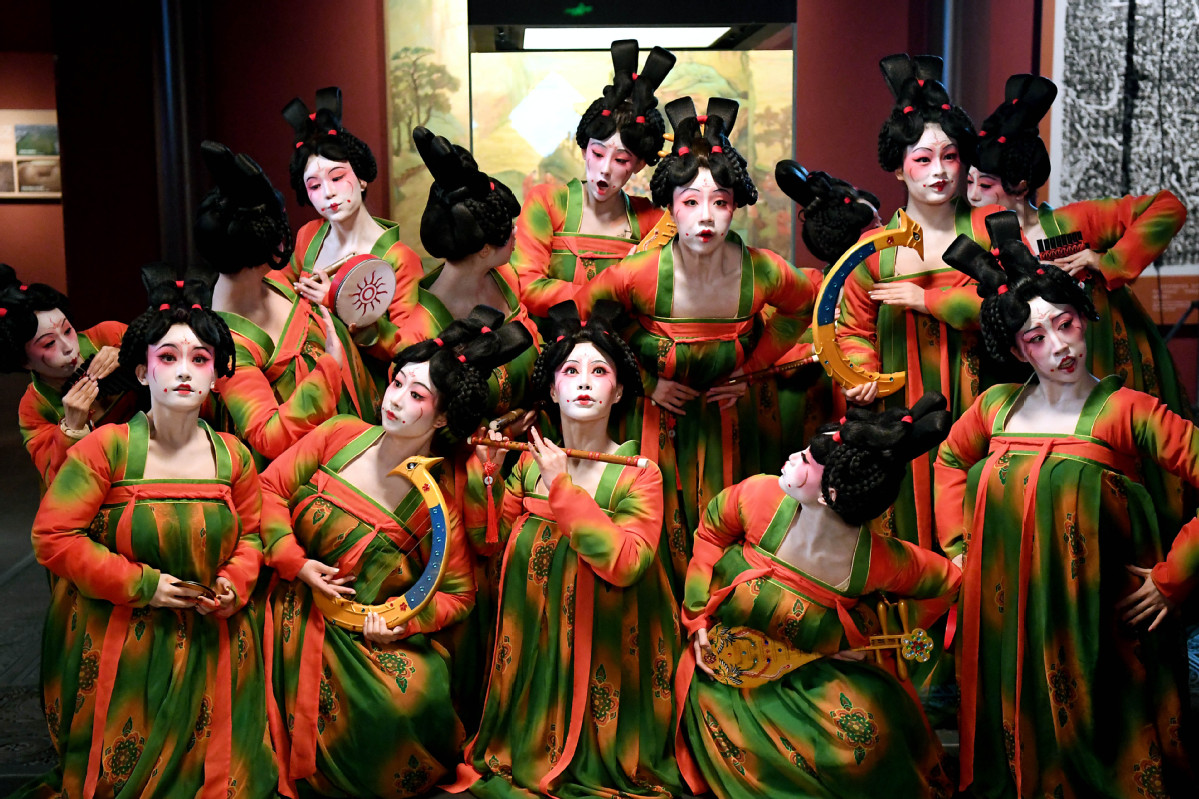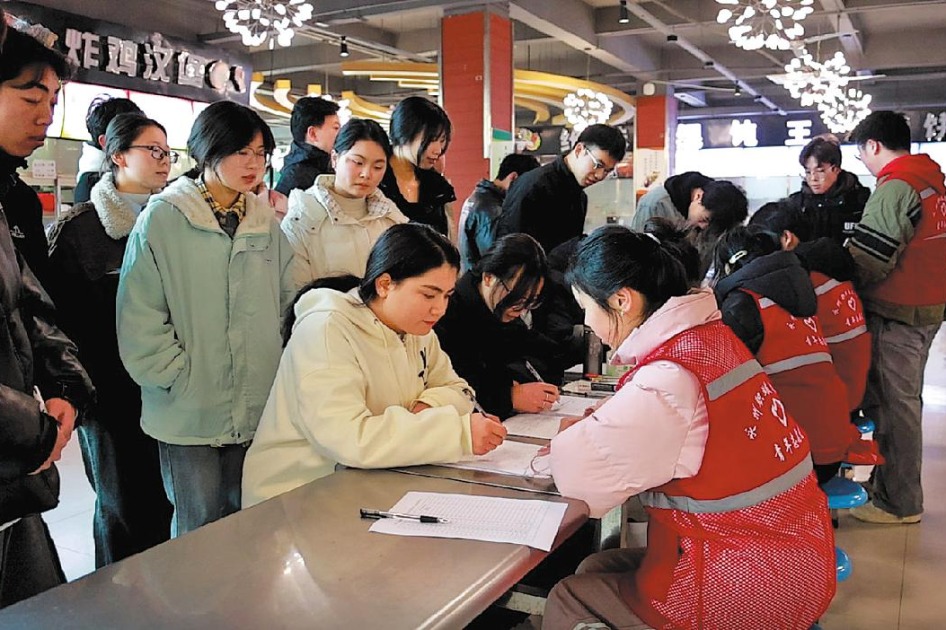Classic Chinese tales thrive in modern times


Striking a fine balance
Starting from the first season of The Nation's Greatest Treasures in 2017, a variety show featuring highlighted collections in Chinese museums staged by China Central Television, creative programs promoting traditional Chinese culture have mushroomed on television screens.
Most of these shows used A-list celebrities to showcase the national treasures, thereby ensuring that the cultural relics strike a chord with young viewers.
Lyu Yitao, a member of the 13th National Committee of the CPPCC and a director of China Media Group for variety shows, believes that the success of such programs is a reflection of the social development of China in a new era.
"The young generation, especially those who are born after 1995 or 2000, grew up at a time when Chinese people's lives are much better and our national strength is rising," said Lyu. "They will naturally feel proud of and nurture a stronger curiosity of our own culture. The reason why such programs are popular is that they meet the audiences' need for culture at a deep level."
The previous two seasons of the show have been, or are in the process of being, translated into eight languages to be broadcast worldwide.
In spite of the previous reputation, continuous creativity is needed to meet people's differing tastes. In the third season of The Nation's Greatest Treasures, which premiered in December, homes of the treasured artifacts went beyond museums to larger heritage sites, which are "treasures" per se as well.
"We have tried to strike a balance between the rigorous popularization of knowledge and an entertaining format," Lyu said. "It's a way to link tradition and fashion."























